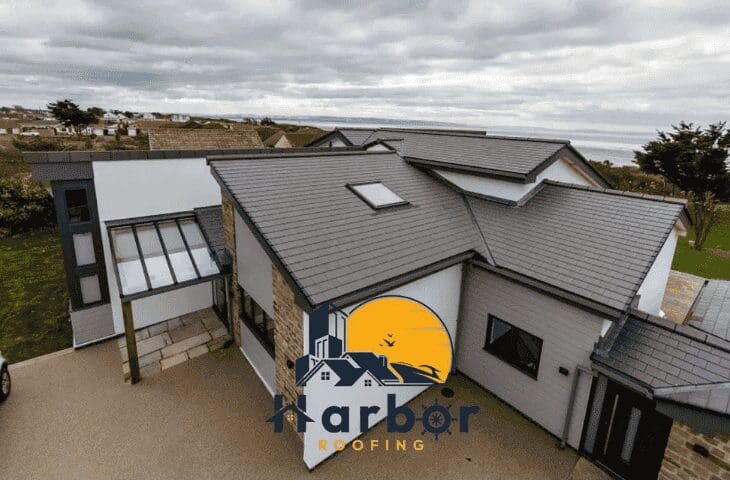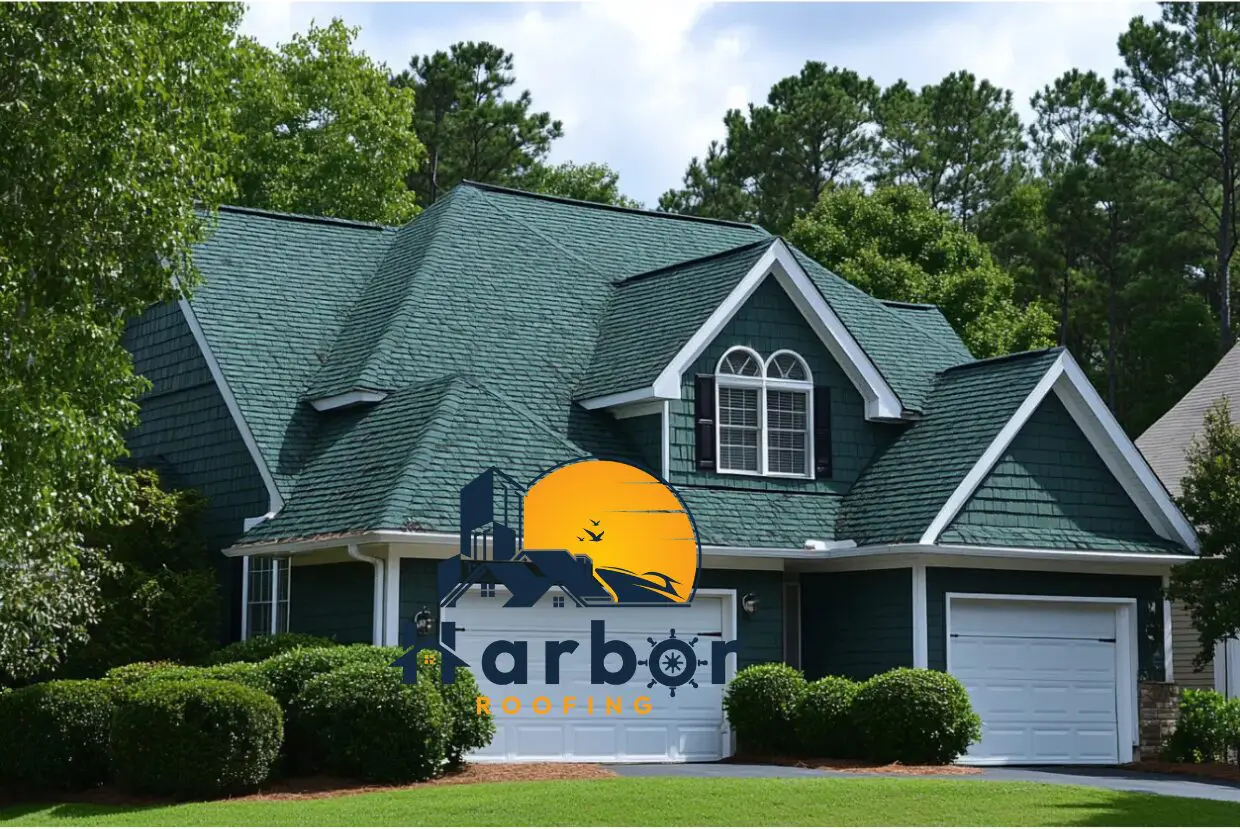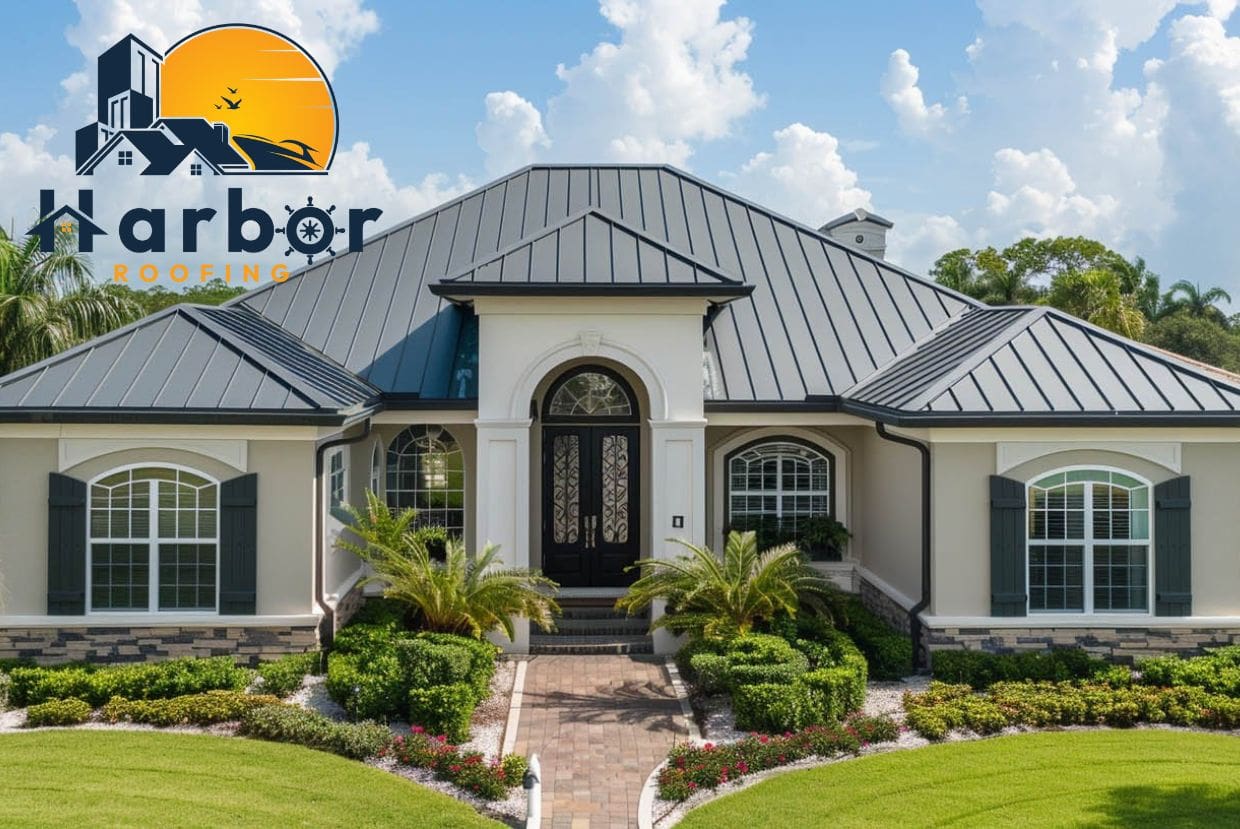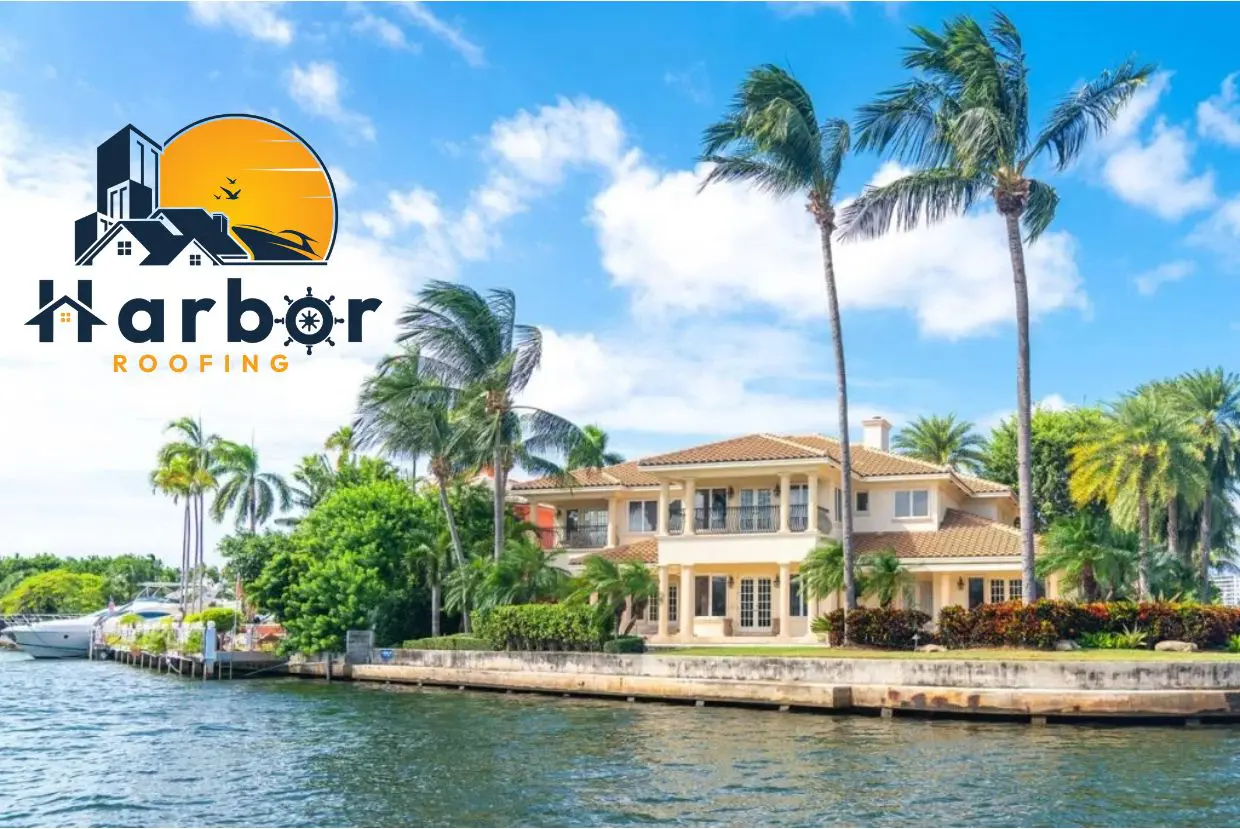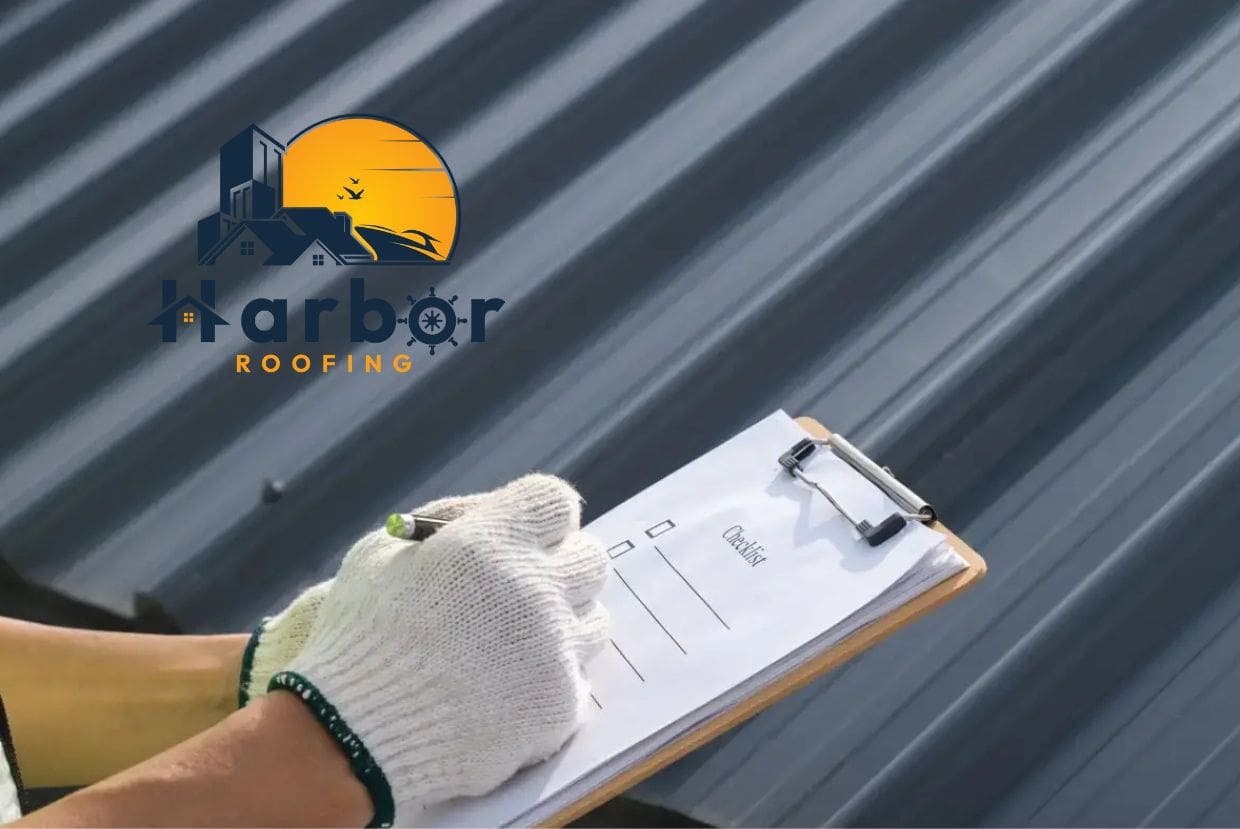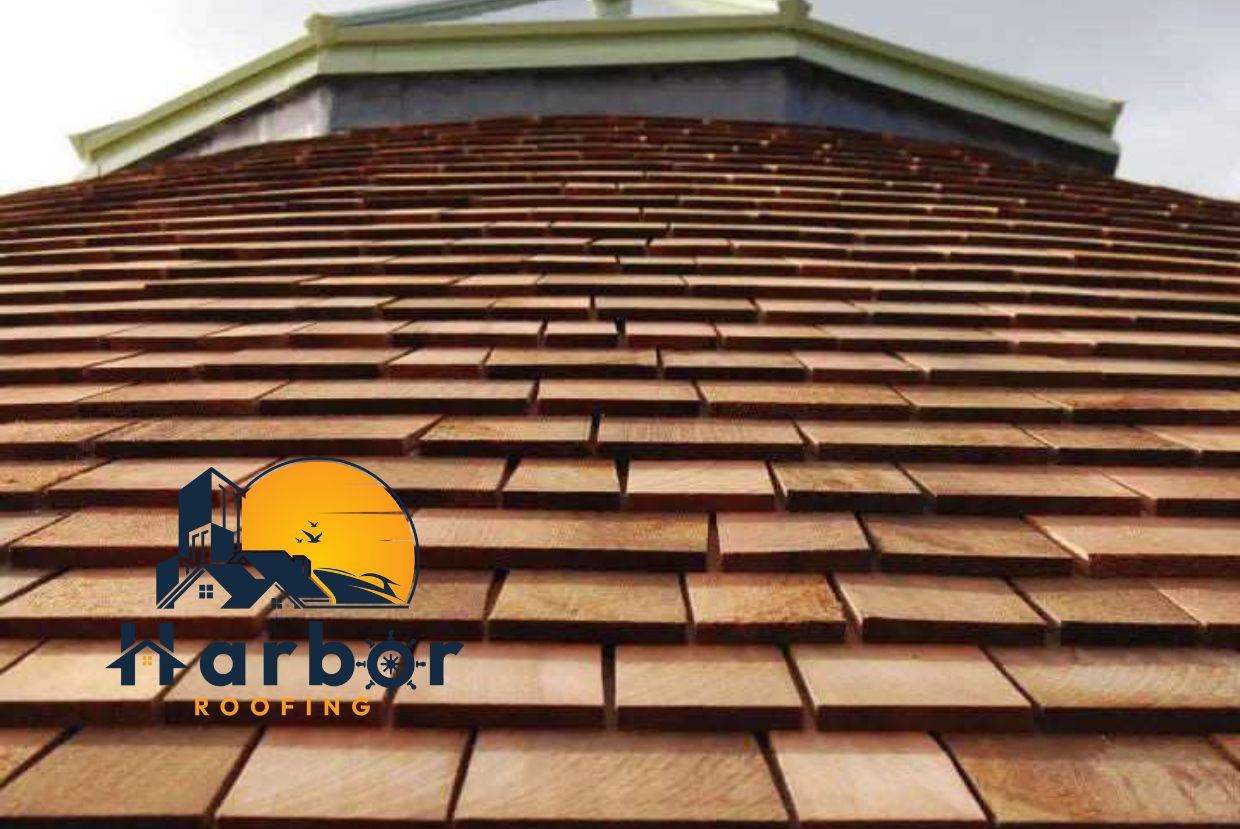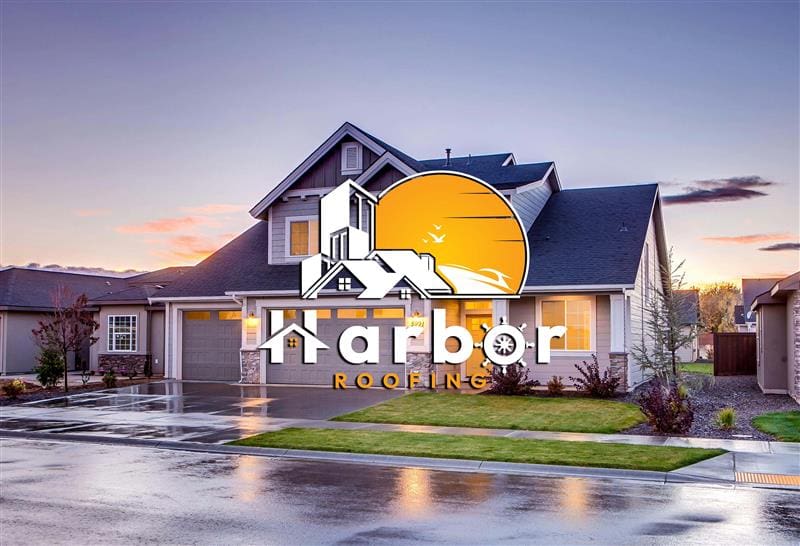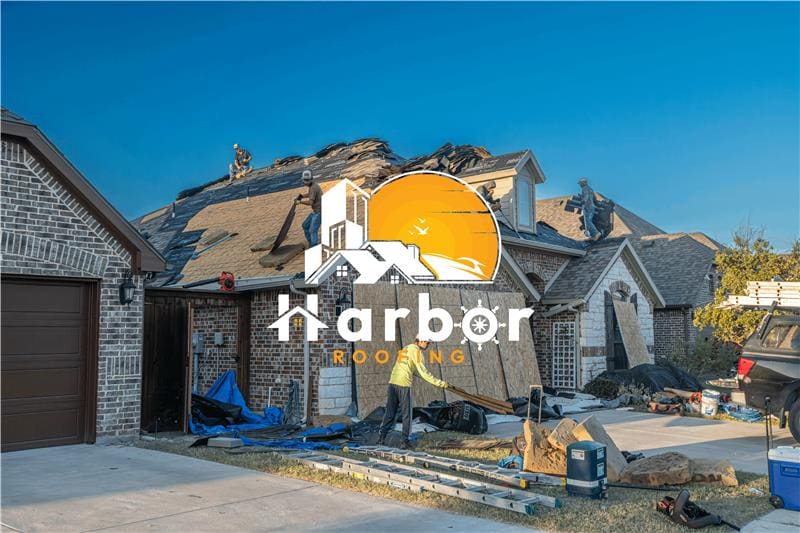Table of contents
When most homeowners start planning a roof replacement, they usually prioritize the materials first: shingle color, style, and brand. But another factor that plays a massive role in your final quote is your roof’s pitch, or how steep it is. It affects nearly every part of the job, from safety measures and labor time to materials and waste disposal. Hence, roof pitch affects cost of roof replacement.
We’ve helped hundreds of homeowners understand how pitch impacts pricing and what to expect during the replacement process. In this article, we’ll break down how roof pitch affects the cost of roof replacement. So, don’t skip.
What Is A Roof Pitch?

Roof pitch is the angle or steepness of your roof. It is usually expressed as a ratio of vertical rise to horizontal run. For example, a 4/12 pitch means your roof rises 4 inches for every 12 inches it runs horizontally.
Low-slope or “flat” roofs usually range from 2/12 to 4/12. Standard residential roofs often have a moderate pitch between 4/12 and 7/12. Anything above 8/12 is considered steep.
You know why it matters? It is because the slope affects how safely and efficiently a roofing crew can move, which materials work best, and how long the job will take.
How Roof Pitch Affects the Cost of Roof Replacement
1. Labor Intensity and Safety
The steeper the roof, the more challenging it becomes to work on. Crews need additional safety equipment, such as harnesses, scaffolding, and roof jacks, to prevent falls. Moving across a steep surface also slows down progress, increasing labor hours.
Installers can complete the installation of a low-slope roof faster because they can move around more freely and safely. With a steep roof, every shingle placement requires more balance, caution, and time. Those extra precautions translate into higher labor costs.
2. Material Waste and Efficiency
Steep roofs require more material per square foot than lower slopes because of the extra surface area. There’s also more waste, since the installer must cut the shingles to fit at precise angles. Handling and transporting materials up and down the slope takes more effort, too.
Low-slope roofs, on the other hand, usually produce less waste and are easier to install. However, they may need specialized materials, such as modified bitumen or rubber membranes, to ensure proper drainage. So even a flat roof can have unique cost considerations.
3. Equipment and Safety Setup
Roof pitch dictates how much setup you need before you start installation. On a steep roof, crews often spend the first day securing safety lines, roof brackets, and scaffolding. They may also need equipment like aerial lifts or ladders with stabilizers.
All of those requirements increase the completion time and costs. A moderate or low-pitched roof usually requires minimal setup, making the process more efficient.
4. Insurance and Liability Costs
Roofing companies carry liability and workers’ compensation insurance, and those premiums increase with the difficulty of the job. A steep roof poses a higher risk, so contractors must factor that into pricing.
When you choose a licensed and insured roofing contractor, that cost reflects not just the materials and labor, but also the safety and coverage that protects both the crew and your home.
5. Cleanup and Waste Disposal
It’s easy to overlook cleanup, but steep roofs create more debris spread over a wider area. Crews often need extra time to safely remove old shingles, nails, and underlayment without damaging landscaping or gutters.
Choosing the Right Roofing Material for Your Roof Slope
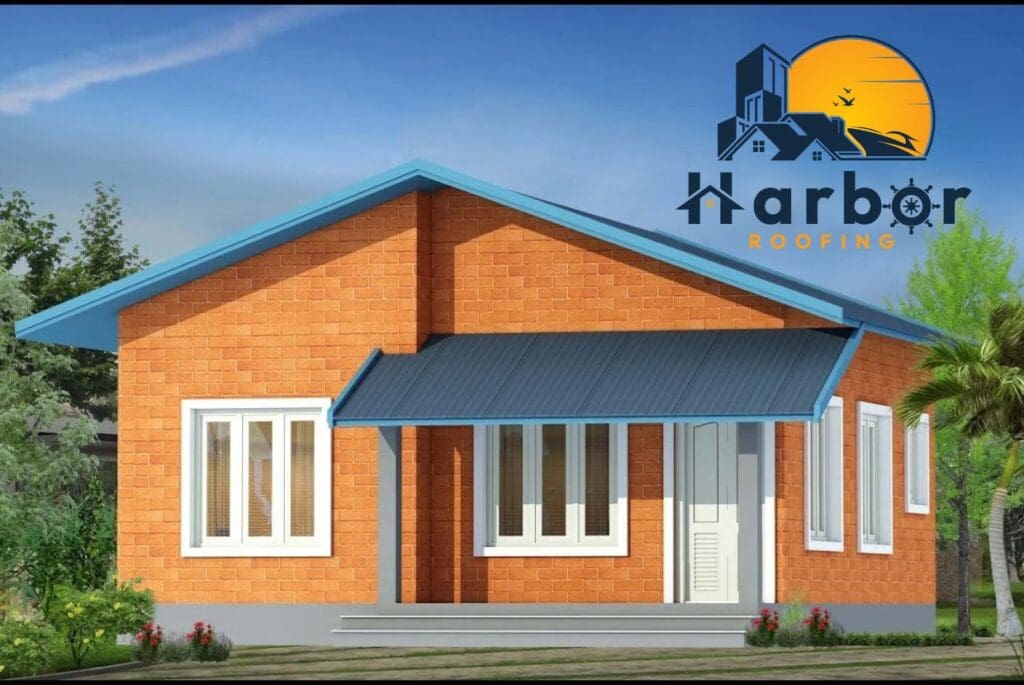
The type of roofing material you choose depends mainly on your roof’s pitch. Some materials perform better on certain slopes.
Low-slope roof: This type of roof requires waterproof membranes or rolled roofing because water drains more slowly. You can’t use asphalt shingles below a particular slope because they don’t seal properly.
Moderate pitch roof: A moderate pitch roof works well with traditional asphalt shingles, the most common roofing material in the U.S., which balances aesthetics, affordability, and performance.
Steep roofs: This roof type allows for high-end materials like architectural shingles, wood shakes, or metal roofing, which look great from street level and shed water quickly.
To determine the right material for your roof, you need to consult a professional contractor who will evaluate your roof’s exact pitch. This ensures the system performs properly and qualifies for full manufacturer warranties.
Why Two Roofs with the Same Material Can Cost Differently
Homeowners are often surprised when they see neighbors with similar houses get very different quotes. The reason usually comes down to roof pitch and accessibility.
A 6/12 roof with one-story access is simple and safe to replace. But if your home has a 10/12 roof with multiple dormers or a complex layout, it becomes a more technical project. If you include limited driveway access or surrounding trees, it will definitely increase the crew’s setup and tear-down time.
So, even if you choose the same brand and color of shingles as your neighbor, your price may differ because your roof requires more preparation and safety management.
Influence of Roof Pitch on Pricing

Here’s a general idea of how roof pitch influences pricing:
Moderate pitch (4/12–7/12): This range offers the best balance between performance and cost. Most residential asphalt shingle roofs fall into this category, and installation is straightforward since crews can work efficiently without extra safety gear or scaffolding. Material waste is also minimal because shingles align well with this slope.
Low-slope (2/12–4/12): Low-slope roofs are generally less expensive to install because they’re easier and safer to walk on, which reduces labor time. However, they require specialized waterproofing membranes or materials like modified bitumen or TPO because water drains more slowly than on steeper roofs. That extra waterproofing step can slightly increase material costs even if labor remains affordable.
Steep pitch (8/12 and above): The steeper the roof, the more expensive it is to replace. Crews need harnesses, roof jacks, and additional safety setups, all of which increase labor time and cost. Installation may also require more material since steeper roofs have a larger surface area. Despite the added expense, these roofs often last longer because they shed water, snow, and debris more effectively.
Roof Pitch Vs. Contractor Skill
While roof pitch affects the cost and complexity of a replacement, the contractor ultimately determines how long your roof will last. The best materials and the perfect slope won’t mean much if your installer cuts corners or overlooks key details. A skilled roofing contractor understands how to plan, install, and maintain roofs of any pitch safely and efficiently.
When comparing roofing companies, here’s what to look for:
- Experience with your roof type
- Proper licensing and insurance
- Transparent pricing
- Clean-up and warranty support
We’ve handled every kind of roof at Harbor Roofing: flat, steep, and everything in between. Our team is trained for both safety and precision, ensuring every installation meets manufacturer specifications and delivers the long-term protection your home deserves.
Conclusion
Roof pitch plays a significant role in determining how much your roof replacement will cost, but it’s only part of the equation. The real difference lies in who installs it.
A reputable, experienced roofing contractor ensures they handle the process from setup to final inspection correctly. At Harbor Roofing, we help homeowners understand their roof’s unique needs and provide honest, transparent pricing with no surprises. Regardless of your roof pitch, we make sure it lasts for decades.
Frequently Asked Questions
Does a steeper roof always cost more?
Usually yes, but not always by a large margin. The difference depends on your home’s layout, roof complexity, and access points.
What’s the best roof pitch for shingles?
Asphalt shingles work best on moderate slopes between 4/12 and 9/12, where they can shed water easily without risk of pooling.
Does roof pitch affect energy efficiency?
Yes. Steeper roofs often have more attic space for ventilation and insulation, which can improve energy efficiency.
Will my insurance cover a roof replacement on a steep roof?
Insurance typically covers replacement for damage caused by storms or other covered events, regardless of pitch. However, labor costs for steep roofs may influence how much your policy reimburses.
